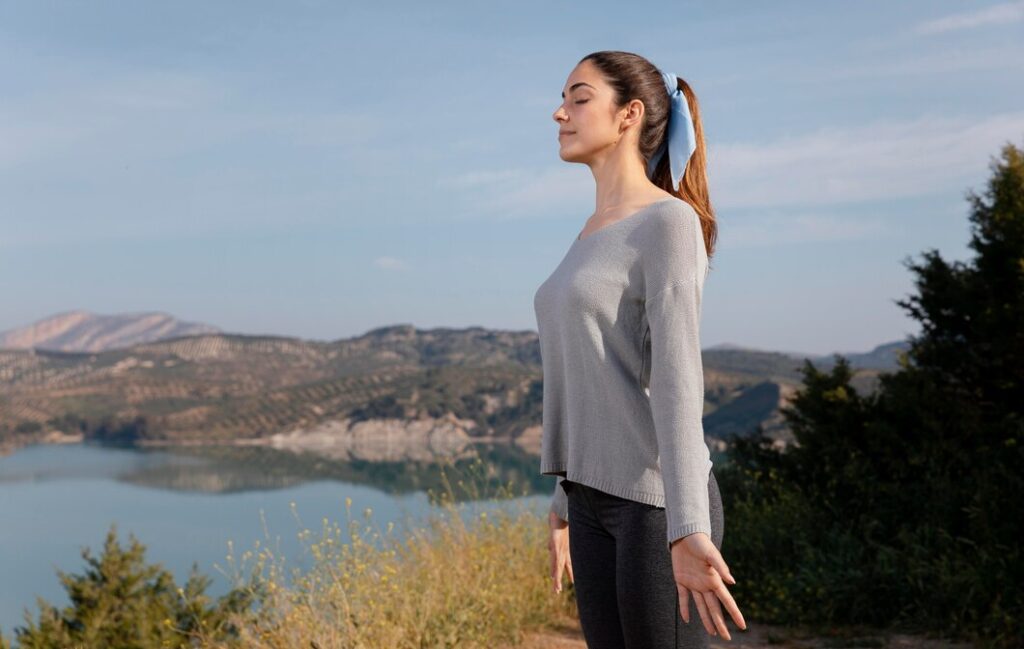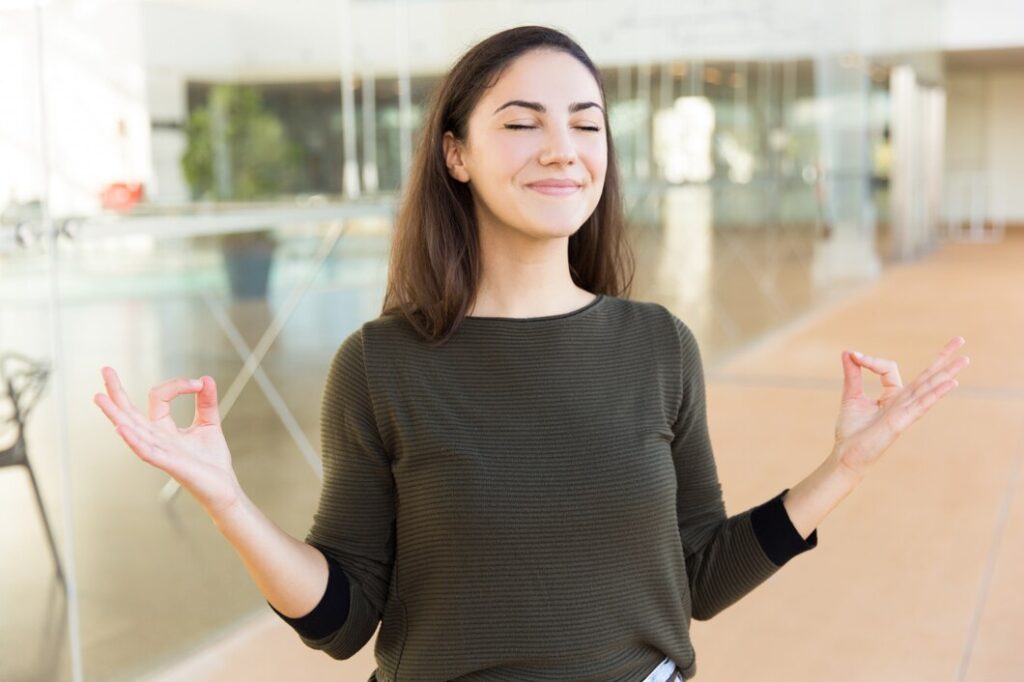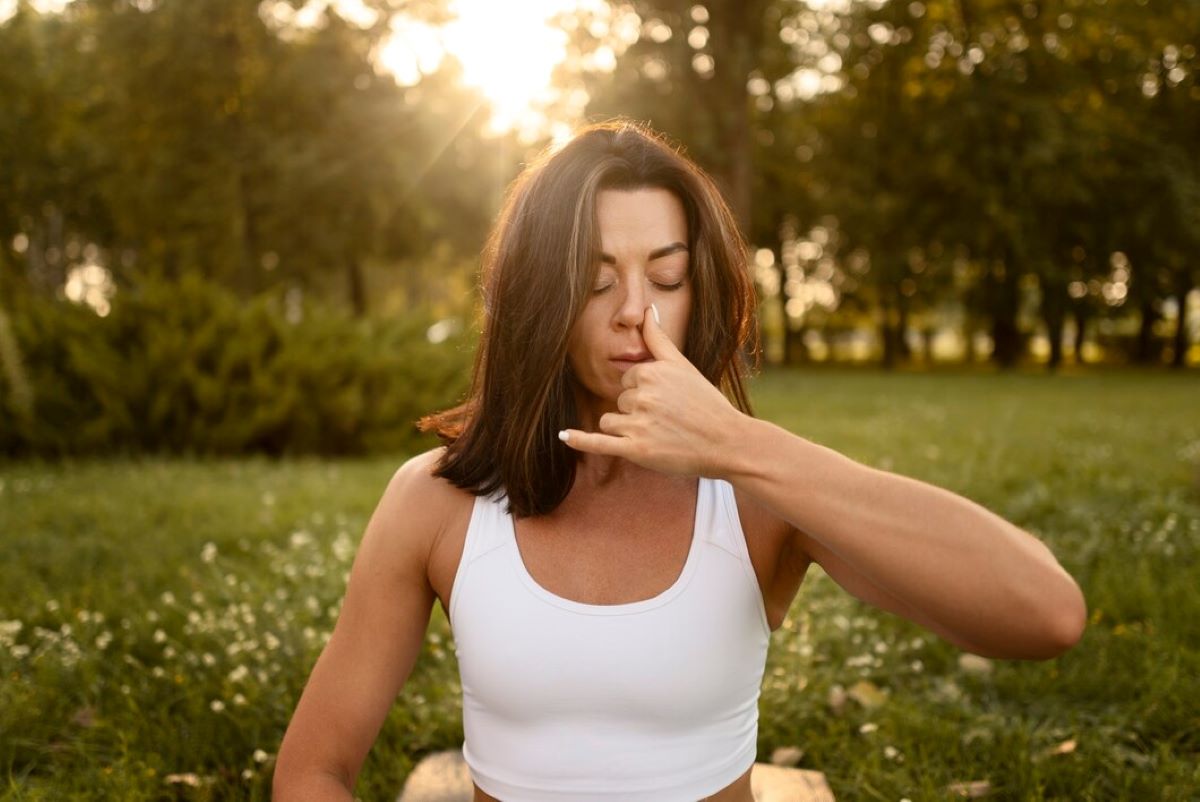Drink Water. Stay hydrated to breathe better too. Drinking plenty of water or other fluids throughout the day keeps the mucus membranes
Table of Contents
Breathing is one of the most fundamental functions of the human body, yet it’s often taken for granted. Proper breathing can enhance overall well-being, improve mental clarity, and boost physical performance. This article will delve into the various aspects of breathing, exploring techniques, practices, and insights that are both simple and unique. By the end of this comprehensive guide, you’ll have a deeper understanding of how to breathe better and enjoy the numerous benefits it brings.
The Importance of Proper Breathing

Physical Health Benefits
- Improved Oxygen Delivery: Proper breathing ensures that oxygen is efficiently delivered to every cell in your body, supporting vital functions and enhancing energy levels.
- Enhanced Lung Capacity: Regular practice of breathing exercises can increase lung capacity, allowing you to take in more oxygen and expel more carbon dioxide.
- Cardiovascular Health: Deep, rhythmic breathing can lower blood pressure and reduce the risk of heart disease by promoting relaxation and reducing stress.
Mental and Emotional Well-being
- Stress Reduction: Deep breathing activates the parasympathetic nervous system, which helps calm the mind and reduce stress.
- Improved Focus and Concentration: Proper breathing techniques can increase mental clarity and focus by ensuring a steady supply of oxygen to the brain.
- Emotional Regulation: Conscious breathing can help manage emotions, making it easier to stay calm and composed in challenging situations.
Understanding the Mechanics of Breathing
The Respiratory System
The respiratory system consists of the lungs, diaphragm, intercostal muscles, and the respiratory tract. Here’s a brief overview of how it works:
- Inhalation: When you inhale, the diaphragm contracts and moves downward, expanding the chest cavity. This creates a vacuum that pulls air into the lungs.
- Exhalation: When you exhale, the diaphragm relaxes and moves upward, pushing air out of the lungs.
- Gas Exchange: In the lungs, oxygen is exchanged for carbon dioxide in the alveoli, tiny air sacs where this crucial process occurs.
Types of Breathing
- Diaphragmatic Breathing: Also known as belly breathing, this involves breathing deeply into the diaphragm, allowing the stomach to rise and fall with each breath.
- Thoracic Breathing: This type of breathing involves the chest and is usually shallow, often associated with stress and anxiety.
- Clavicular Breathing: The shallowest form of breathing, involving only the upper chest and shoulders.
Techniques for Better Breathing

Diaphragmatic Breathing
- Find a Comfortable Position: Sit or lie down in a comfortable position with your back straight.
- Place Your Hands: Put one hand on your chest and the other on your abdomen.
- Inhale Deeply: Breathe in slowly through your nose, allowing your abdomen to rise.
- Exhale Fully: Breathe out through your mouth, letting your abdomen fall.
Box Breathing
- Inhale: Breathe in through your nose for a count of four.
- Hold: Hold your breath for a count of four.
- Exhale: Breathe out through your mouth for a count of four.
- Hold: Hold your breath again for a count of four.
Alternate Nostril Breathing
- Close Your Right Nostril: Use your right thumb to close your right nostril.
- Inhale: Breathe in through your left nostril.
- Switch: Close your left nostril with your right ring finger.
- Exhale: Breathe out through your right nostril.
- Repeat: Inhale through your right nostril, switch, and exhale through your left nostril.
Unique and Lesser-Known Breathing Techniques
1. The Buteyko Method
Developed by Dr. Konstantin Buteyko, this method focuses on reducing the breathing volume to normalize the levels of carbon dioxide in the blood. Here’s how to practice it:
- Sit Comfortably: Find a comfortable seated position.
- Breathe Normally: Take small, gentle breaths through your nose with your mouth closed.
- Pause and Hold: After exhaling, hold your breath for a few seconds before taking the next breath.
2. Holotropic Breathwork
Created by Dr. Stanislav Grof, this technique involves accelerated breathing to reach altered states of consciousness. It’s best practiced under the guidance of a trained facilitator.
- Find a Guide: Seek out a qualified practitioner.
- Deep and Rapid Breathing: Engage in deep, rapid breathing sessions, typically accompanied by music.
- Emotional Release: Allow any emotions or sensations that arise to flow through you.
3. Resonance Breathing
Also known as coherent breathing, this technique involves breathing at a rate of five to six breaths per minute to enhance heart rate variability.
- Inhale for Five Seconds: Breathe in through your nose for a count of five.
- Exhale for Five Seconds: Breathe out through your nose for a count of five.
Integrating Breathing Techniques into Daily Life

Morning Routine
- Start with Diaphragmatic Breathing: Spend a few minutes each morning practicing diaphragmatic breathing to set a calm tone for the day.
- Incorporate Stretching: Combine your breathing practice with gentle stretching to wake up your body.
During Work
- Take Breathing Breaks: Set reminders to take short breathing breaks throughout the day to reduce stress and increase focus.
- Practice Box Breathing: Use box breathing during stressful moments to regain composure and clarity.
Before Sleep
- Engage in Resonance Breathing: Spend a few minutes practicing resonance breathing to calm your mind and prepare for restful sleep.
- Combine with Meditation: Integrate your breathing practice with a meditation routine to enhance relaxation.
Breathing and Physical Activity
Yoga
Yoga combines physical postures with breath control to enhance flexibility, strength, and mental clarity. Incorporate these practices:
- Pranayama: Practice various pranayama techniques, such as Ujjayi (victorious breath) and Nadi Shodhana (alternate nostril breathing).
- Asanas: Focus on coordinating your breath with movements during yoga postures.
Running
- Breathe Rhythmically: Match your breathing pattern to your running cadence, such as inhaling for three steps and exhaling for two.
- Nasal Breathing: Practice breathing through your nose to increase oxygen uptake and maintain a steady pace.
Strength Training
- Exhale During Effort: Breathe out during the exertion phase of a lift and inhale during the relaxation phase.
- Avoid Breath Holding: Continuous breathing helps maintain intra-abdominal pressure and prevents lightheadedness.
Environmental and Lifestyle Factors

Clean Air
- Indoor Air Quality: Use air purifiers and keep your living space well-ventilated to ensure clean air.
- Outdoor Air: Spend time in natural settings with fresh air, away from pollution.
Hydration
- Stay Hydrated: Drink plenty of water to keep your respiratory system functioning optimally.
Diet
- Anti-Inflammatory Foods: Consume foods rich in antioxidants and anti-inflammatory properties, such as fruits, vegetables, and omega-3 fatty acids.
Mindfulness and Meditation
Mindful Breathing
- Focus on Breath: Spend a few minutes each day simply observing your breath without trying to change it.
- Body Scan: Combine mindful breathing with a body scan to release tension and promote relaxation.
Meditation Practices
- Guided Meditation: Use guided meditation apps or recordings that emphasize breath awareness.
- Silent Meditation: Practice silent meditation with a focus on your breath to cultivate inner peace.
Things You Should Know
Breathing better is a journey that involves understanding the mechanics of breath, practicing various techniques, and integrating these practices into your daily life. By paying attention to your breath and making conscious efforts to improve it, you can enhance your physical health, mental clarity, and overall well-being. Explore different methods, find what works best for you, and enjoy the profound benefits of better breathing.

